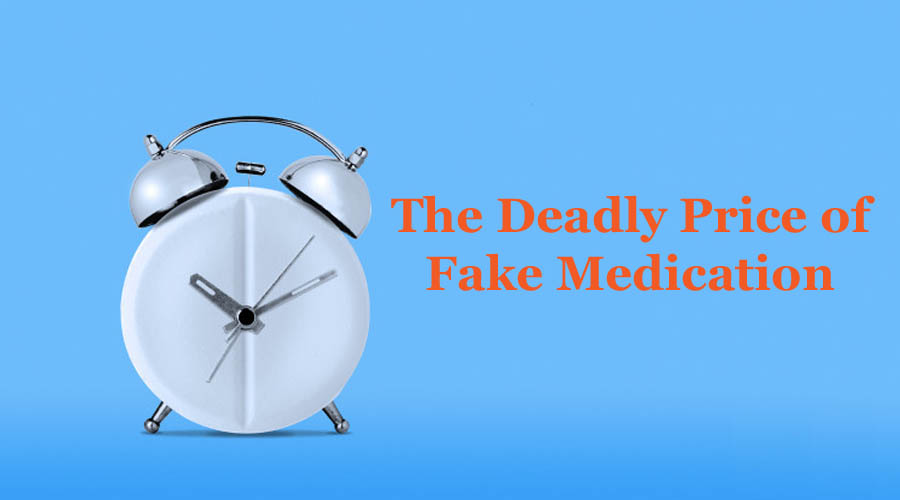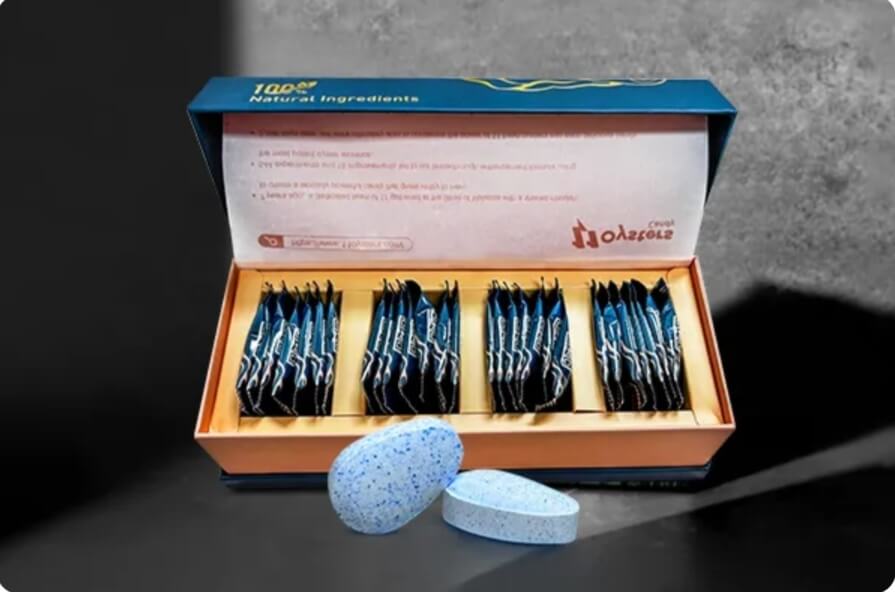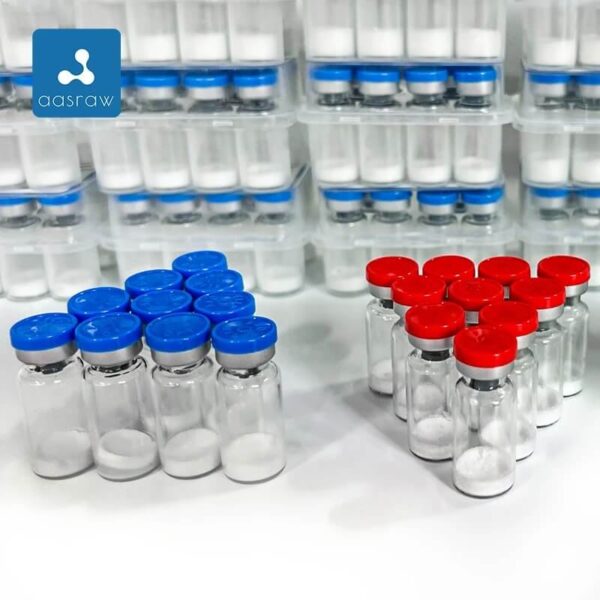The deadly consequences of using counterfeit medicine are well understood to be a challenge to the integrity of public health systems round the globe, and also a threat to our individual health and welfare. The issue of fake drug has persisted despite all efforts by regulatory bodies towards compliance with standards.
Xanax is a powerful benzodiazepine that is often prescribed to treat generalized anxiety disorder (GAD), panic disorders and insomnia. It is extremely addictive when used long-term. Xanax is the number one prescribed psychiatric medication in the United States. Seventy percent of teens with a Xanax addiction get the drug from their family’s medicine cabinet.
Tolerance to Xanax develops quickly, requiring the user to take more of the drug to achieve the desired effects. Someone with a Xanax addiction may take up to 20 to 30 pills per day. If the user decides to stop taking Xanax, they may experience withdrawal effects, such as anxiety, restlessness, insomnia, and tremors. The onset of withdrawal symptoms is a sign that a physical dependence has developed. The development of tolerance and withdrawal are indications of addiction. Once a Xanax addiction has taken hold, daily responsibilities, such as school, work or family, are ignored as energy is redirected towards drug seeking behavior.
The Abuse of Xanax has led to a high demand for the drug and proliferation of fake Xanax around the globe. Counterfeit Xanax sold on the street are being laced with fentanyl, a synthetic opioid up to 50 times stronger than heroin and 100 times stronger than morphine. People may not know if the the street medications they purchase contain fentanyl, which is cheaper and more potent than other drugs, because the pills are made to look exactly like prescription medications such as Xanax, oxycodone, Percocet, Norco, and others.
For example, counterfeit Xanax pills, sold for as little as $5 on the street, include a deadly combination of Xanax and fentanyl. These pills have caused numerous deaths and overdoses nationwide, people should also be aware of the signs and symptoms of an opioid overdose include:
- Labored, shallow, or difficulty breathing
- Lips, fingers, or face turning blue
- Clammy skin
- Limp body
- Vomiting
- Pinpoint pupils
- Convulsions
- Death rattle (labored exhale that may resemble snoring)
If you’re considering taking Xanax or are curious about its potential to help you feel less anxious, talk with your doctor.
It’s also a good idea to tell your doctor if you’re using the drug recreationally. Xanax can interact with several common medications, resulting in serious side effects. Its is also vital you learn how to spot fake yellow xanax bars a very popular brand of Xanax.
If a user wishes to stop taking Xanax after dependence on the drug has formed, it is not recommended to quit “cold turkey” or without medical supervision. The symptoms of Xanax withdrawal are similar to those of alcohol or barbiturate withdrawal, and the severity of the symptoms can vary. If convulsions occur, withdrawal from Xanax can be deadly. Your doctor can monitor your overall health and help prevent complications. Your doctor can also work with you to find a more sustainable, long-term medication to help soothe any symptoms you’re experiencing and alleviate your desire to use Xanax.





